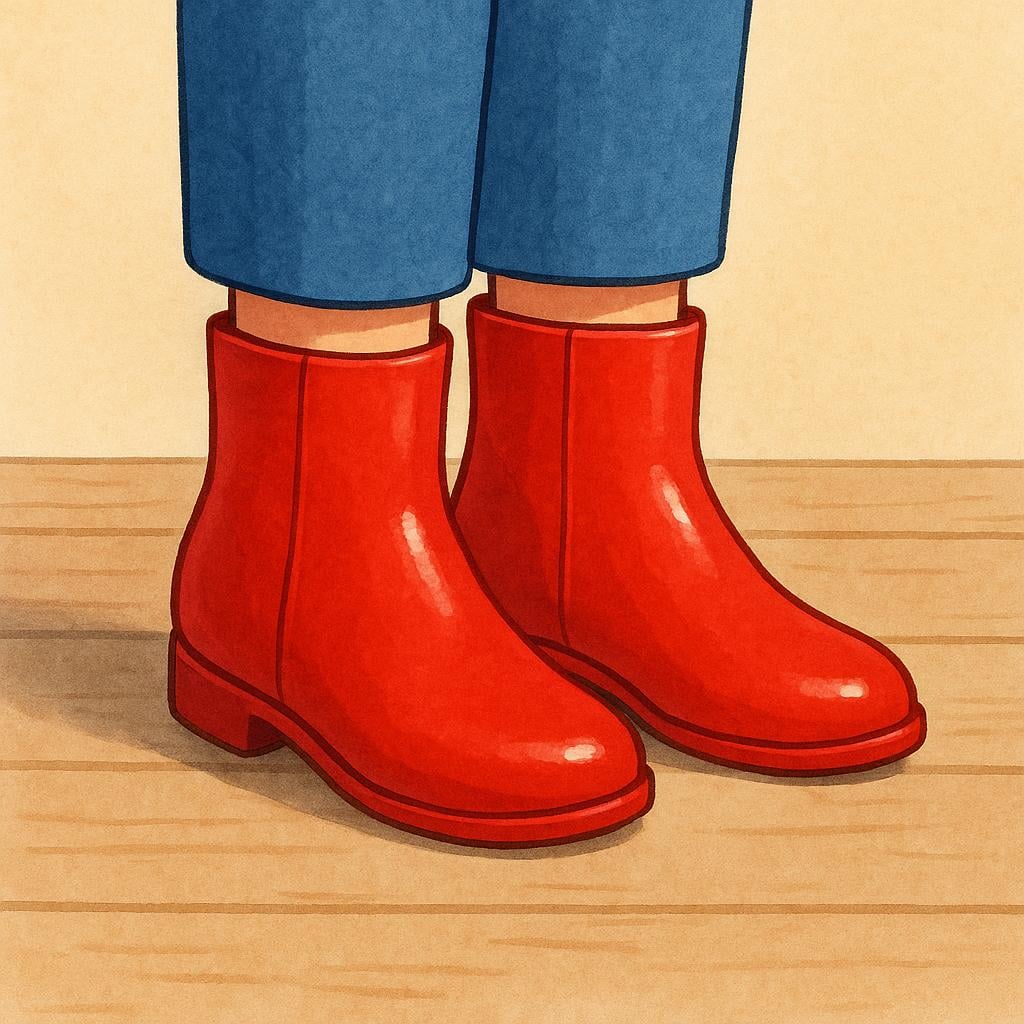quede
/KAY-day/
stays / remains

Something that stays or remains where it is.
quede(Verb)
stays / remains
?Subjunctive use, expressing possibility or wish
,stay / remain
?Formal command ('Usted')
is left over
?Referring to remaining quantity
,may be situated
?Referring to location
📝 In Action
Espero que no quede nadie en la calle con este frío.
A2I hope nobody stays (is left) out in the street with this cold.
Usted, quede aquí mientras revisamos el coche.
A2You (formal), stay here while we check the car.
No creo que quede tiempo para postre.
B1I don't think there is (remains) time for dessert.
💡 Grammar Points
Using Subjunctive for Wishes
When you express a wish, doubt, or hope using 'que', the verb that follows often changes to the 'quede' form: 'Ojalá que quede pan' (I hope that there is bread left).
Formal Commands
'Quede' is the respectful, formal way to tell someone (usted) to 'stay' or 'remain': 'Quede tranquilo' (Stay calm).
❌ Common Pitfalls
Confusing Subjunctive and Indicative
Mistake: "No creo que queda leche. (Incorrect verb form)"
Correction: No creo que quede leche. (Use 'quede' because the sentence expresses doubt or lack of belief.)
⭐ Usage Tips
Check the Subject
Remember 'quede' is used for 'yo', 'él/ella', or 'usted' (singular formal subjects) in the present subjunctive.

Describing how clothing fits well.
quede(Verb)
fits
?Referring to clothing size/style
,is arranged / is set
?Referring to a meeting or agreement
looks
?Referring to appearance (e.g., 'it looks good')
📝 In Action
Dudo que esta chaqueta me quede bien.
B1I doubt this jacket fits me well.
Aunque la luz no le quede bien, él es feliz.
B2Even though the lighting doesn't look good on him, he is happy.
Sugiero que la hora de la cita quede para las tres.
B1I suggest that the time for the appointment be set for three o'clock.
💡 Grammar Points
Expressing Opinions and Doubt
When talking about how something looks or fits and you express doubt ('No creo que...' or 'Dudo que...'), use 'quede' instead of 'queda'.
Setting Agreements
When arranging a time or place, 'quede' is often used to establish the final decision: 'El precio quede en 50 euros' (The price is set at 50 euros).
❌ Common Pitfalls
Incorrect Use with Clothing
Mistake: "Quiero que queda perfecta. (Incorrect verb form)"
Correction: Quiero que quede perfecta. (After 'Quiero que...' (I want that...), Spanish requires the 'quede' form.)
⭐ Usage Tips
Reflexive Context
Remember that quedar can also be used reflexively as quedarse (e.g., to stay somewhere). 'Quede' can also be part of the reflexive command: '¡Que no se quede solo!' (May he not be left alone!).
🔄 Conjugations
indicative
present
imperfect
preterite
subjunctive
present
imperfect
✏️ Quick Practice
💡 Quick Quiz: quede
Question 1 of 2
Which sentence uses 'quede' as a formal command?
📚 More Resources
Frequently Asked Questions
What is the difference between 'quede' and 'queda'?
'Queda' is a statement of fact in the present tense (He/She/It remains or fits: 'Él queda aquí'). 'Quede' is used for wishes, doubts, commands, and suggestions (I hope he stays: 'Espero que quede aquí').
When does 'quedar' mean 'to arrange a meeting'?
When the base verb *quedar* is used with plural subjects, it often means 'to agree to meet' or 'to arrange to meet.' For example: 'Quedaron en verse mañana' (They arranged to see each other tomorrow).